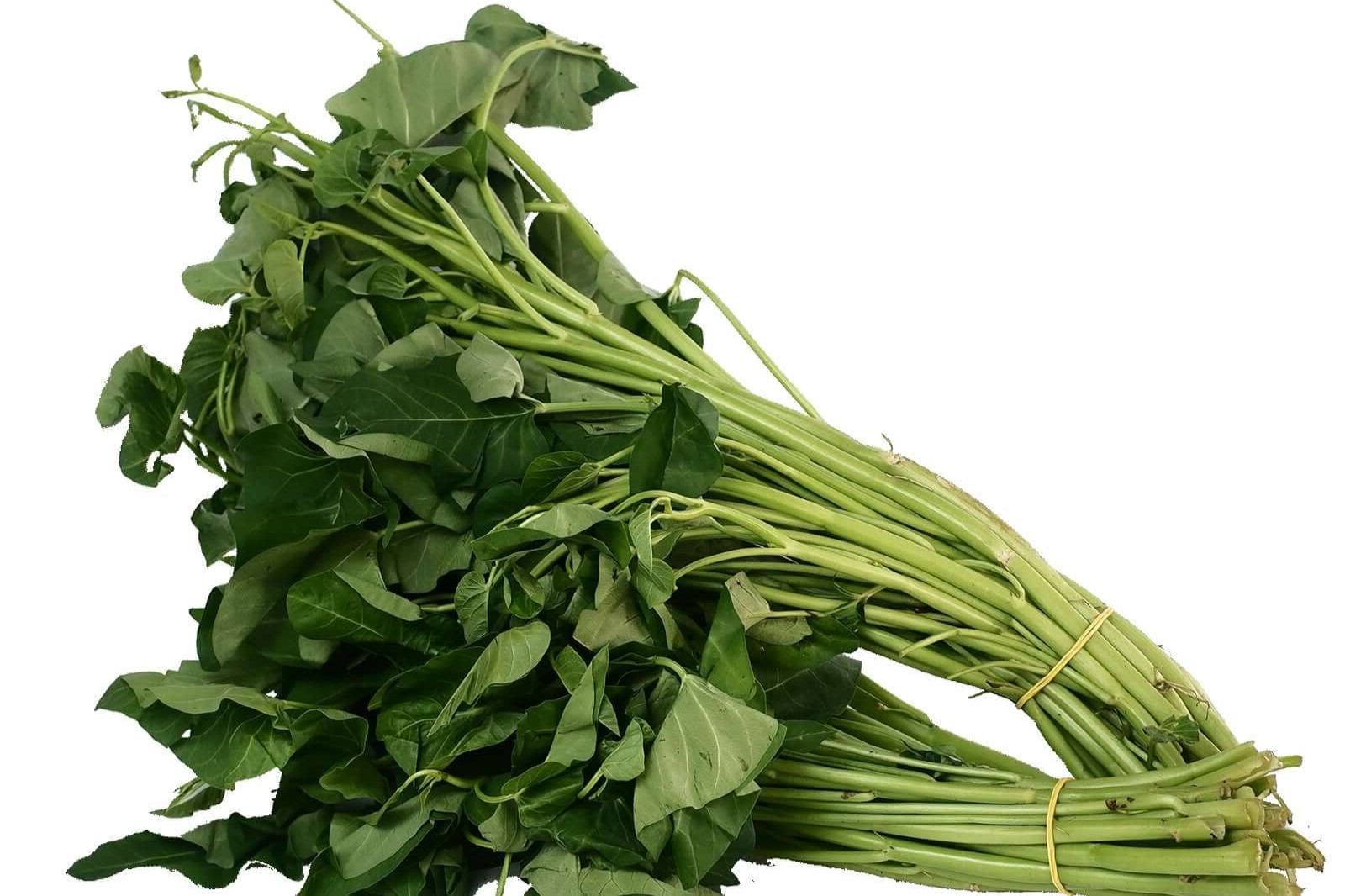
Kangkong, also known as water spinach, is a popular leafy green in many Asian cuisines. But what makes this vegetable so special? Kangkong is not just a tasty addition to your meals; it's packed with nutrients that can benefit your health. From vitamins A and C to iron and calcium, this plant offers a lot more than meets the eye. Whether you're a seasoned chef or a curious foodie, learning about kangkong can add a new dimension to your culinary adventures. Ready to dive into some interesting facts about this versatile vegetable? Let's get started!
Key Takeaways:
- Kangkong, also known as water spinach, is a nutrient-rich vegetable packed with vitamins and minerals, making it a healthy and delicious addition to meals.
- This versatile plant is not only a staple in Asian cuisines but also offers health benefits, grows rapidly, and holds cultural significance, making it a fascinating and valuable vegetable to explore.
What is Kangkong?
Kangkong, also known as water spinach, is a popular leafy vegetable in many Asian cuisines. Its tender leaves and stems are often used in stir-fries, soups, and salads. Here are some intriguing facts about this versatile plant.
-
Scientific Name: Kangkong's scientific name is Ipomoea aquatica. It belongs to the same family as sweet potatoes.
-
Aquatic Nature: This plant thrives in waterlogged conditions, making it ideal for cultivation in wetlands and along riverbanks.
-
Nutrient-Rich: Kangkong is packed with vitamins A and C, iron, and calcium, making it a nutritious addition to meals.
Culinary Uses of Kangkong
Kangkong's mild flavor and tender texture make it a favorite in many dishes. Let's explore some of its culinary applications.
-
Stir-Fries: Often stir-fried with garlic and soy sauce, kangkong makes a quick and delicious side dish.
-
Soups: It is a common ingredient in soups, adding both flavor and nutrition.
-
Salads: Fresh kangkong leaves can be used in salads, providing a crunchy texture.
Health Benefits of Kangkong
Beyond its culinary uses, kangkong offers several health benefits. Here are some reasons to include it in your diet.
-
Antioxidant Properties: Rich in antioxidants, kangkong helps combat free radicals in the body.
-
Digestive Health: Its high fiber content aids in digestion and prevents constipation.
-
Blood Sugar Regulation: Some studies suggest that kangkong can help regulate blood sugar levels.
Growing Kangkong
Interested in growing your own kangkong? It's easier than you might think. Here are some tips to get started.
-
Easy to Grow: Kangkong can be grown in water or soil, making it versatile for different environments.
-
Fast-Growing: This plant grows rapidly, often ready for harvest within a month.
-
Propagation: Kangkong can be propagated from cuttings, making it simple to expand your garden.
Cultural Significance of Kangkong
Kangkong holds cultural importance in many regions. Let's delve into its cultural significance.
-
Asian Cuisine Staple: Widely used in Southeast Asian and Chinese cuisines, kangkong is a staple in many households.
-
Symbol of Resilience: In some cultures, kangkong symbolizes resilience due to its ability to thrive in challenging conditions.
-
Traditional Medicine: Used in traditional medicine, kangkong is believed to have various healing properties.
Environmental Impact of Kangkong
Kangkong's growth habits can impact the environment in both positive and negative ways. Here are some key points.
-
Erosion Control: Its extensive root system helps prevent soil erosion along riverbanks.
-
Invasive Species: In some regions, kangkong is considered invasive, outcompeting native plants.
-
Water Purification: Kangkong can help purify water by absorbing pollutants, making it useful in phytoremediation.
Fun Facts About Kangkong
Let's wrap up with some fun and lesser-known facts about kangkong.
Kangkong: A Nutrient-Packed Green
Kangkong, also known as water spinach, packs a punch when it comes to nutrition and versatility. This leafy green is rich in vitamins A and C, iron, and calcium, making it a fantastic addition to any diet. Whether you stir-fry it, toss it in a salad, or add it to soups, kangkong offers a delightful crunch and mild flavor that complements many dishes.
Beyond its culinary uses, kangkong has been linked to various health benefits. It's known to aid in digestion, boost immunity, and even help in detoxifying the body. Plus, it's low in calories, making it a great choice for those watching their weight.
So next time you're at the market, grab some kangkong and experiment with this nutrient-packed green. Your taste buds and body will thank you!
Frequently Asked Questions
Was this page helpful?
Our commitment to delivering trustworthy and engaging content is at the heart of what we do. Each fact on our site is contributed by real users like you, bringing a wealth of diverse insights and information. To ensure the highest standards of accuracy and reliability, our dedicated editors meticulously review each submission. This process guarantees that the facts we share are not only fascinating but also credible. Trust in our commitment to quality and authenticity as you explore and learn with us.


